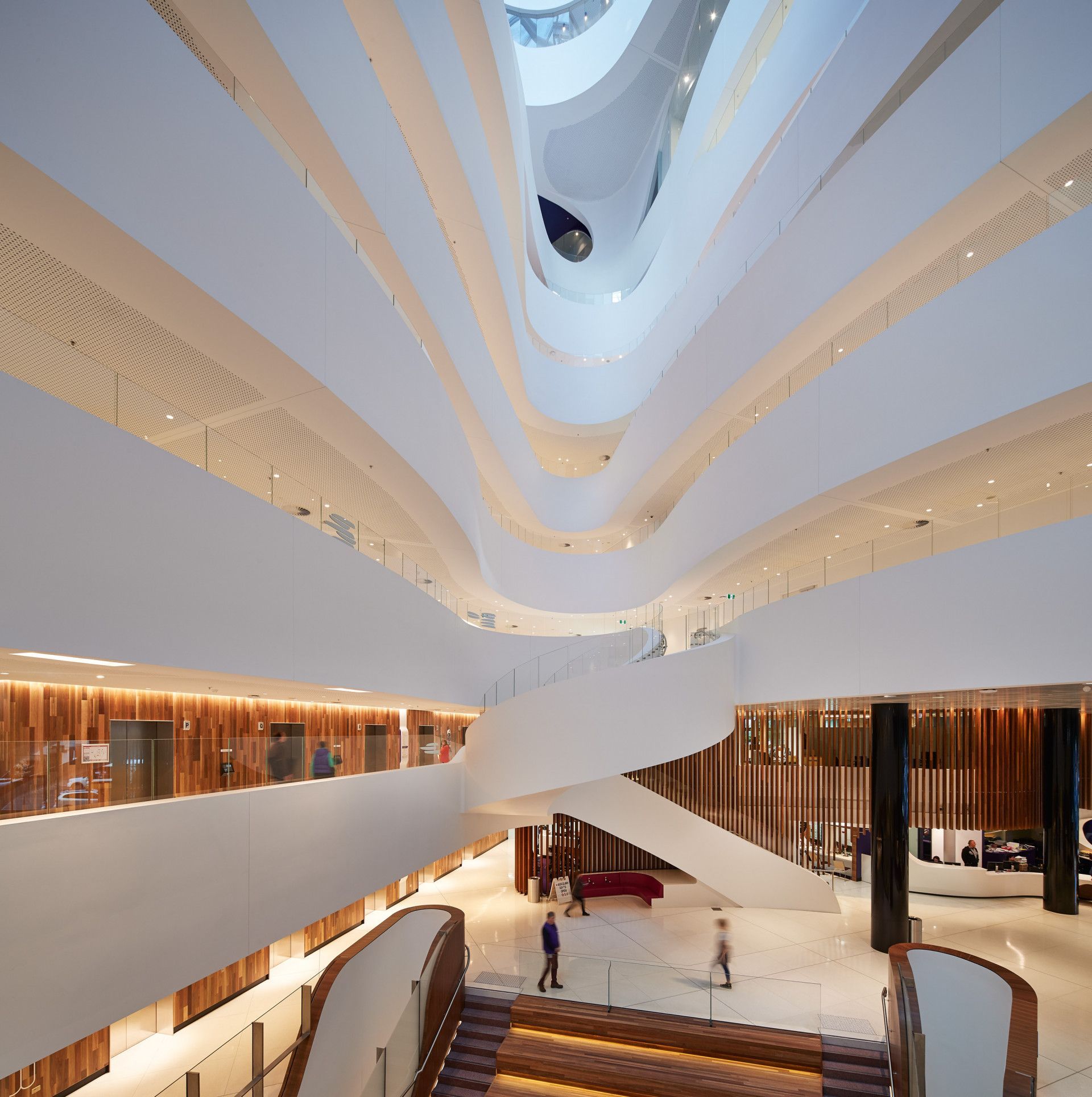From Lego to Landmarks: Why Engineers Never Really Stop Playing with Bricks
If you ask an engineer where it all began, there’s a fair chance their story involves a mountain of brightly coloured bricks, a living room floor, and a wild ambition to build the tallest tower ever (only to watch it collapse spectacularly).
That’s the magic of Lego — and why engineers never really grow out of it.
Because whether you’re designing bridges, stress-testing materials, or creating complex systems, Lego captures the very heart of engineering: construct, deconstruct, problem-solve, repeat.
1. Design & Planning: From Instructions to Innovation
Remember those little instruction booklets that came with Lego sets? Neat diagrams, clear steps, and a promised outcome at the end. They’re not unlike engineering drawings and CAD plans — except in real life, things don’t always fit together as neatly as the manual suggests.
Engineers know that a design is just the beginning. The real challenge (and fun) lies in adapting when pieces don’t behave as expected.
2. Trial, Error, Collapse… and Try Again
Every engineer has lived through the heartbreak of a Lego tower toppling over. But that’s the best lesson of all: failure isn’t the end, it’s part of the process.
Just like prototyping or stress-testing a material, Lego teaches persistence. Collapse? Rebuild. Wrong piece? Swap it. Over-engineered monstrosity? Strip it back. The cycle of iteration is as essential in Lego as it is in engineering projects worth millions.
3. Creativity Without Limits
A Lego kit might come with instructions, but true engineers know the fun really begins when you throw the manual away. That’s when a pirate ship becomes a space station, and a car becomes an aircraft (with questionable aerodynamics).
Engineering thrives on the same principle: innovation comes from bending the rules, trying new combinations, and pushing boundaries.
4. Collaboration Builds Better
No great Lego city is built by one person alone — unless you’ve got a lot of spare weekends and a very forgiving partner.
Engineering, like Lego, is about collaboration. Structures stand taller and systems run smoother when ideas, skills, and perspectives are shared. It’s not just about having bricks — it’s about how you bring them together.
5. Scaling Up: From Coffee Table to Skyline
Sure, that Lego bridge on your desk won’t carry a truckload of concrete, but the same principles apply. From load distribution and weight tolerance to structural integrity, engineers use the very same thinking that Lego once trained into their childhood brains.
It’s a reminder that small beginnings can scale into monumental outcomes.
The Recruitment Connection: Finding the Missing Piece
Whether you’re building Lego or leading an engineering project, success depends on having the right pieces in the right place.
At Vivid Recruitment, we like to think of ourselves as the connector between those scattered bricks and the masterpiece you’re trying to build. We help engineering firms find the missing parts of their team — from graduate engineers to senior leaders — so that projects aren’t just built, but built brilliantly.
Because even the most creative design falls flat if you’re missing that one crucial brick.
Final Thought
Lego isn’t just a toy. It’s the perfect metaphor for what engineers do every day: imagine, design, test, fail, rebuild, and ultimately, create something extraordinary.
So next time you find yourself with a pile of Lego bricks, don’t dismiss it as child’s play. It’s engineering in its purest, most joyful form.
Contact the Team
Nicholas Koop, Principal Recruitment Consultant, Engineering - 📲 0426 180 254 📧 nick@vividrecruitment.com.au
Lee Stevens, Principal Recruitment Consultant, Architecture & Design - 📲 0406 470 020 📧 lee@vividrecruitment.com.au
You can also connect with Lee on LinkedIn and Nick on LinkedIn or follow the Vivid Recruitment LinkedIn page for more industry insights, news, jobs and general chit chat and tips!










